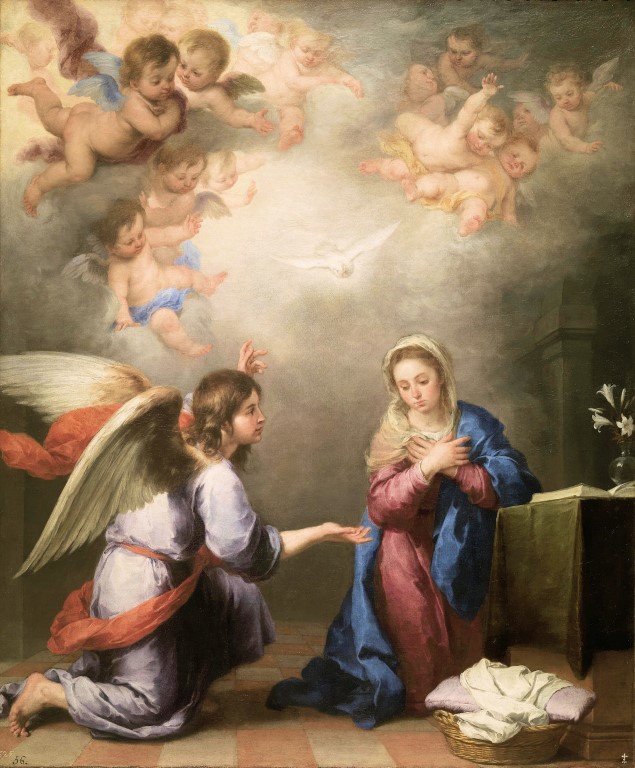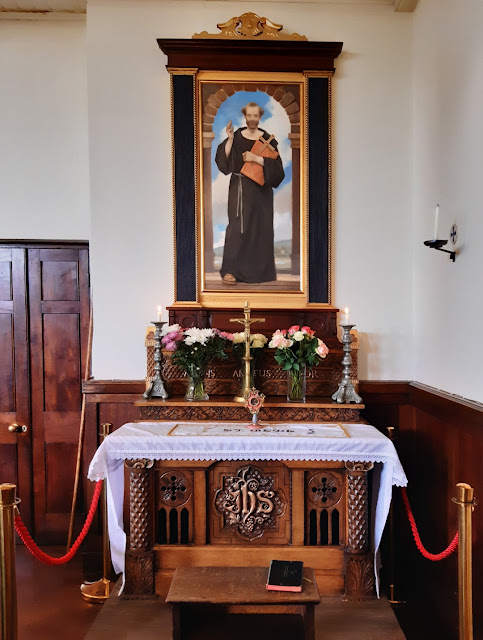Die Grosse Stille - out soon
 At the end of September, I posted a trailer for the film, Die Grosse Stille. When I was in Rome, the Italian version had just been published and I picked up a copy. The "Italian version" is only Italian in the sense that where scriptural texts are quoted occasionally, full screen, the Italian version is in the centre with French above and German below. If you don't have any of those languages, you would miss something because the texts are appropriately chosen. However, almost the only annoyance of the film for me was the repetition of the texts throughout the film. (Also, the "extras" (on a separate DVD) are interviews given in Italian.)
At the end of September, I posted a trailer for the film, Die Grosse Stille. When I was in Rome, the Italian version had just been published and I picked up a copy. The "Italian version" is only Italian in the sense that where scriptural texts are quoted occasionally, full screen, the Italian version is in the centre with French above and German below. If you don't have any of those languages, you would miss something because the texts are appropriately chosen. However, almost the only annoyance of the film for me was the repetition of the texts throughout the film. (Also, the "extras" (on a separate DVD) are interviews given in Italian.)Every Monday fortnight, after teaching at Wonersh, I go over to Parkminster to do the same course for the novices and simply professed there. I have stayed at Parkminster a couple of times - click the label link for some photos. So today, on returning home after Vespers, I settled down to watch the film through.
Die Grosse Stille is a remarkable film. Much of its 2 hours and 40 minutes is simply silent filming of the monks at prayer and at work, interspersed with shots of the surrounding mountains, close-ups of flowers and foliage, view of the sky rain and snow. The film effectively conveys the rhythm of life at a Charterhouse and I was struck by the similarity with life at Parkminster. So the bells punctuate the various vignettes of life, and we are repeatedly taken back into the chapel for the sung office, or into the cell for meditation and the office recited privately.
Some of the monks are elderly and walk with difficulty. Nevertheless, the filming of the work of preparing meals, clearing the planting beds of snow, or feeding the cats, shows that there is no sense whatever of drudgery. Many times, I was disappointed that the slow camerawork moved on. I nearly wanted to say "No, show us some more of him cutting up the celery!" It is that kind of film.
Sometimes, the shots are deliberately grainy, giving what I would amateurishly describe as an "impressionist" feel. Particularly in the presentation of the Night Office, but also throughout the film, light and shadow are used to give vivid expression to the quiet, unhurried and peaceful life of prayer and work.
Two scenes brought vivid associations to my mind. The scenes of the summer weekly walk were reminiscent of the charming 1950 Italian film Francesco, giullare di Dio and the innocent and playful character of the Franciscans depicted there. However, the Carthusians were not acting.
The scene of the monks walking briskly down the cloister for the weekly walk in winter made me think that they might be on their way to join the Riders of the Mark to fight the Orcs. However, this section ended with the Monks taking it in turns to slide down the mountain in the snow, laughing helplessly. What is understated is the sheer hardiness of these men. Temperatures in winter at the Grande Chartreuse go to minus 25 and lower. In that part of the world, tourists would be given dire warnings about appropriate clothing. But these men just jaunt off into the mountains in their habits - one of them in a pair of boots he has just repaired with glue.
As far as I know, Die Grosse Stille will be available in England soon. No prizes for guessing that I recommend it wholeheartedly. I am tempted to say that it is a film for all the family. Certainly there is nothing remotely frightening or unsuitable for young children. But it would be interesting to know if it grabbed their attention. I really wouldn't like to guess either way.


